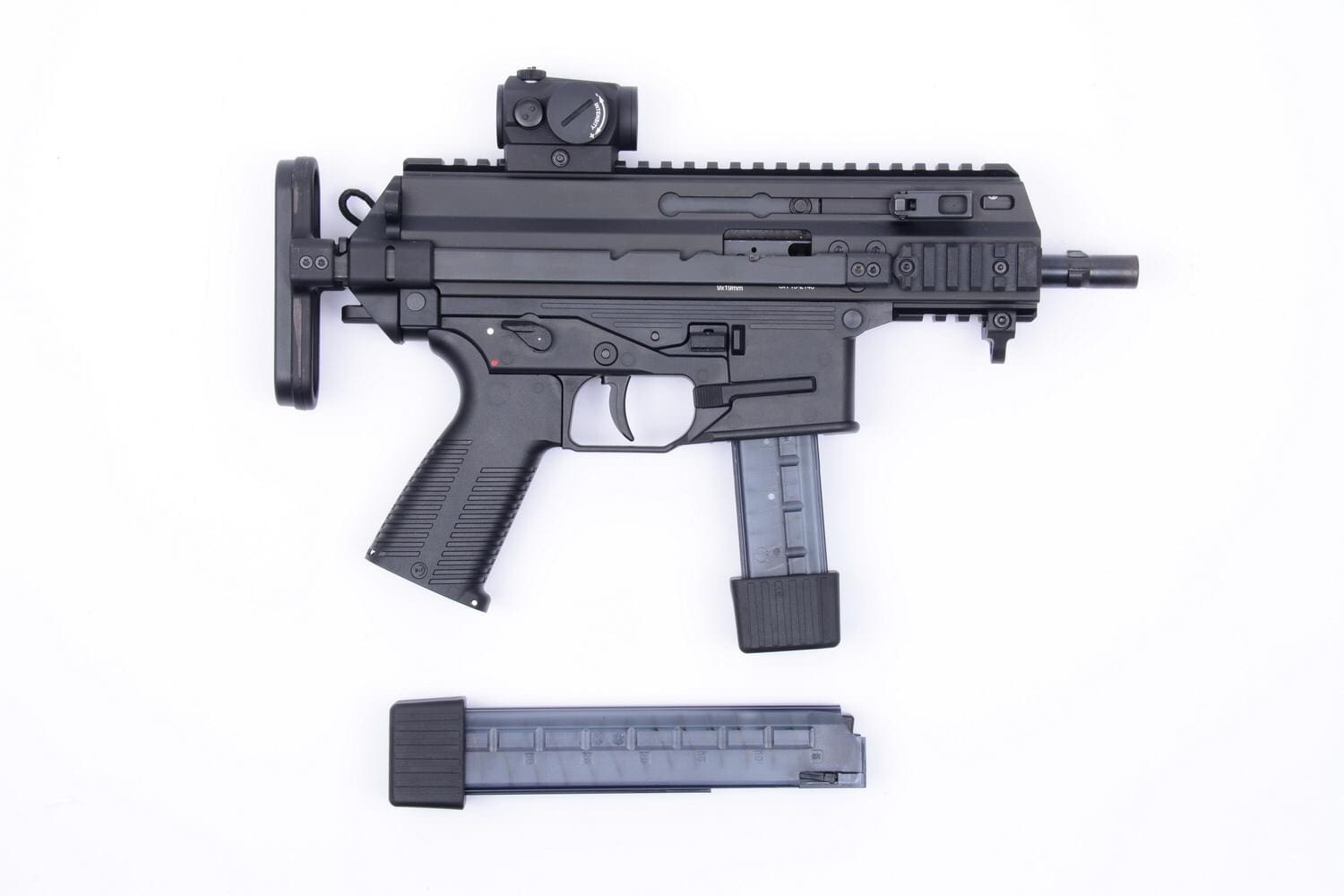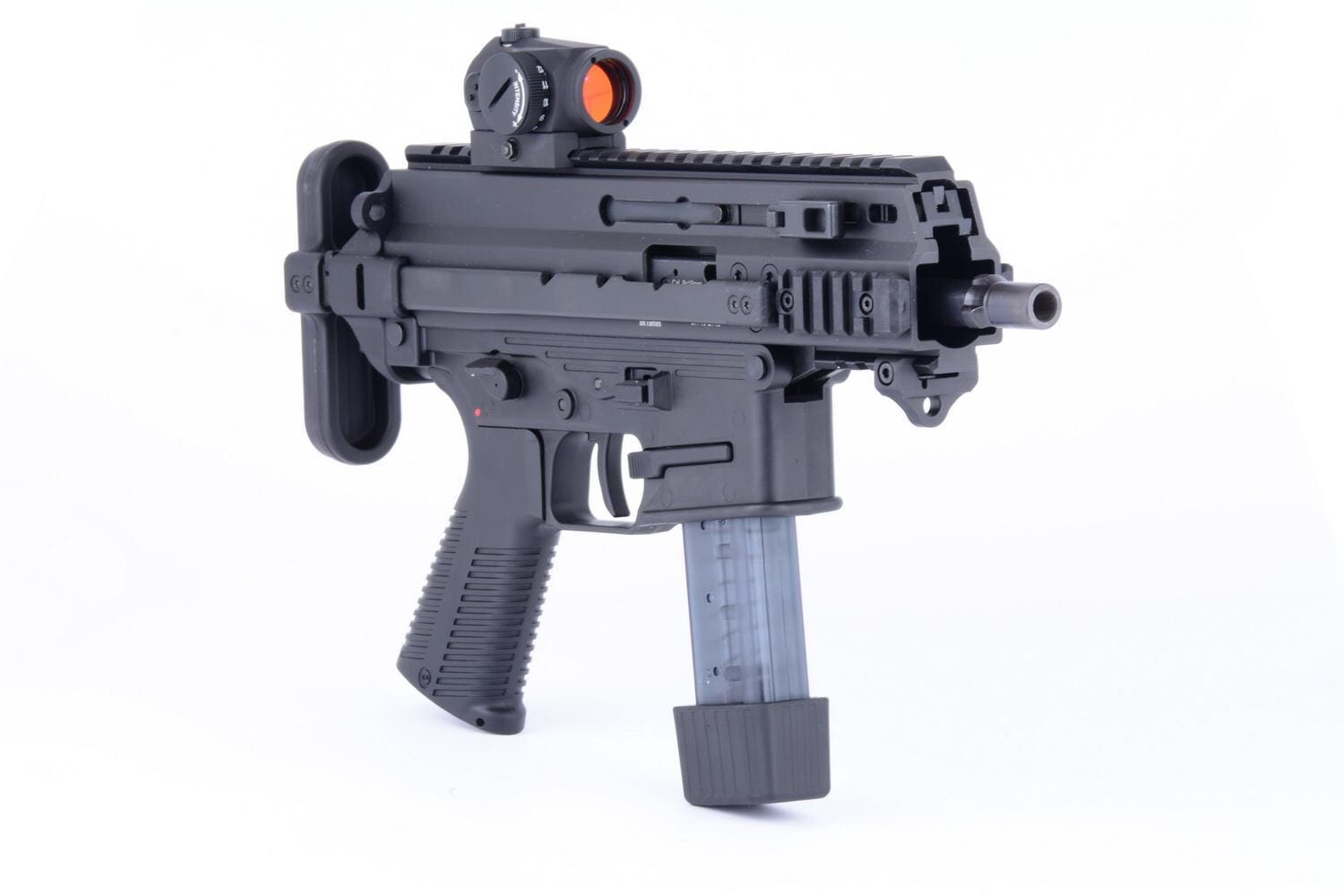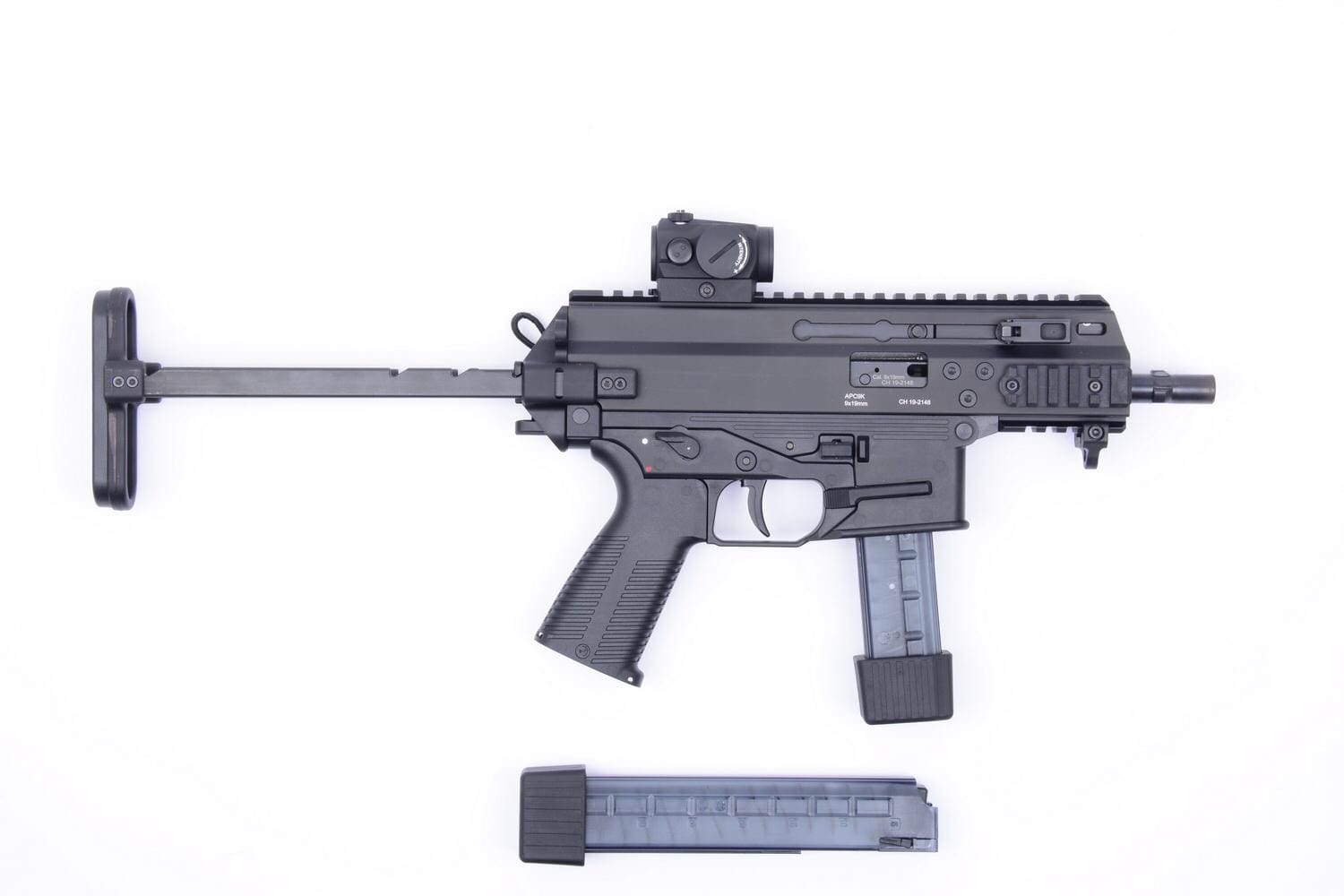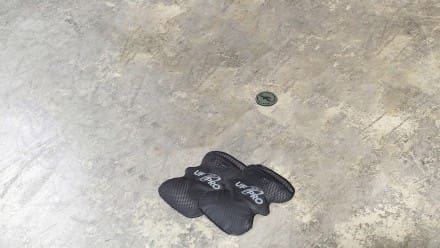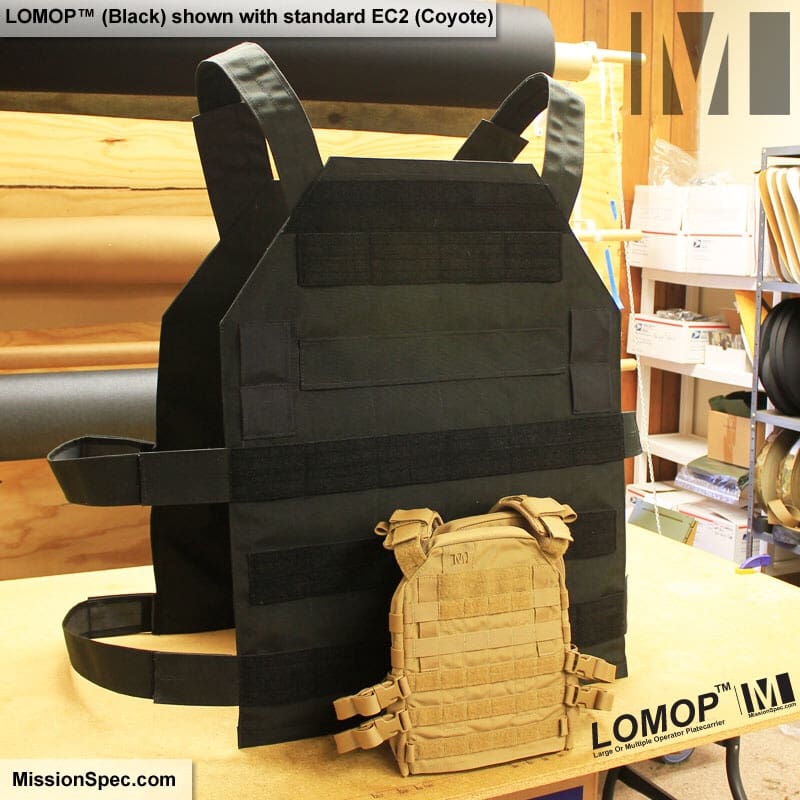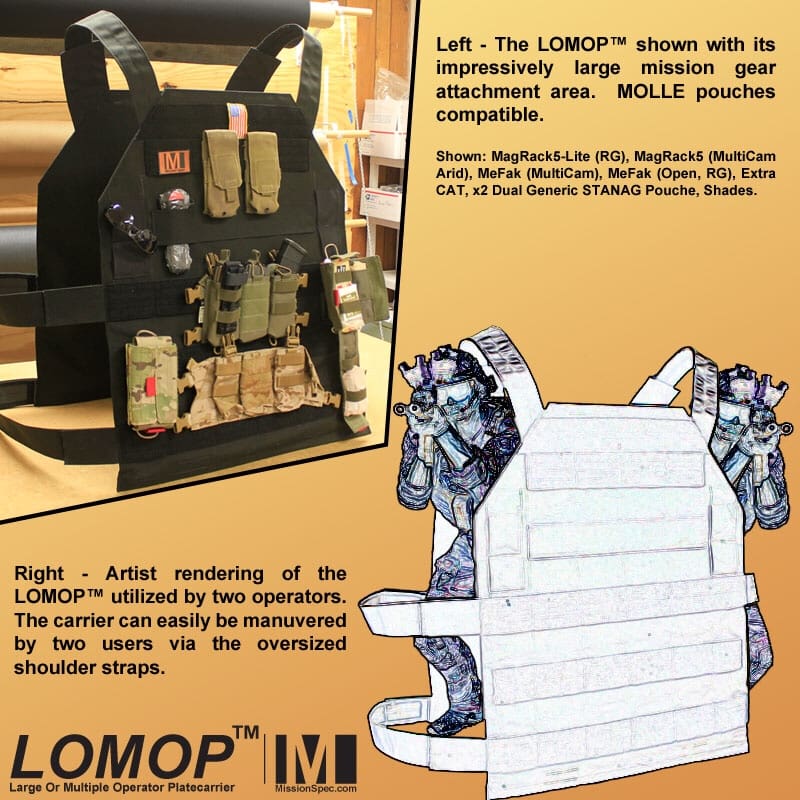This is the sixteenth installment of ‘Max Talk Monday’ which shares Max’s experience as a contractor, beginning with three years in Iraq from 2004 to 2007, followed by two years in Helmand Province, Afghanistan.
Iraq during those years was a very interesting time. It was the ‘Wild West Years’ and in terms of security contractors, there was a lot of good, and a lot of bad during the period. In searching for suitable constructive videos, I found a lot of ‘mercenary hate journalism.’ This was the period when there was a lot of risk, and there were some really professional outfits, and then there were some genuine cowboys – the era where reportedly ‘bouncers’ with no military training were employed as ‘bodyguards’ etc. My assessment on the matter was that after the invasion, in 2003, things were relatively quiet until the insurgency kicked off in earnest 2004; it was at this time that many of the unsuitable types who had jumped on the money train got out, but not all. There was definitely a ‘Walter Mitty’ factor at play with some organizations who did not recruit the best. Once it got dangerous, it was time for the professionals to play.
Travis Haley became famous for the Najaf rooftop shootout. Yeager became infamous for the Route Irish ambush. I didn’t get famous for anything, and just kept working! I had originally been recruited in early 2004 for a convoy protection job based near to Kirkuk, where we had run high value convoys from the Turkish and Syrian borders. I had trained up a platoon of South Africans for the convoy escort function. This was back in the day of hillbilly armor on pickup trucks, all locally sourced and modified.
I then moved to Baghdad for the central period of time, before spending the last year based out of Fallujah, as shown in the video clips I am going to post below. It is all the video I have. My impression was that the British companies were by far the most successful and professional, and had the best contracts with the US government. The Aegis contract in Fallujah that I was on for my final year in Iraq had an element providing ‘Reconstruction Operations Centers’ across Iraq, and then teams like ours which worked for the US Military, doing a mix of close protection and reconnaissance / liaison – for that, read that we would often go out on missions without the ‘client.’ This took us all around Al Anbar, from Fallujah to Ramadi, Al Asad, the places like Hit and Haditha up along the Euphrates, and back into Baghdad. We operated around, alongside and independently of the USMC / US Army, and we utilized high profile SUV and Reva armored vehicles. We took casualties in constant enemy contacts and lost ‘Bully’ KIA from that team. The composition of that team was entirely a mix of British Paras and Commandos, so that means you have a team from a couple of the best SOF organizations in the world, and the levels of professionalism were accordingly high. In uniform, out of uniform , the professionalism and standards remained. There was no ‘UCMJ’ keeping us in check on missions, it was simply professionalism. If you didn’t work out or your ‘war cup’ got full, you went home. I ultimately quit after five years because my son was born.
We didn’t get ‘veteran status’ or claim to be ‘US Combat Veterans’ from our service. We did it for a mix of the financial reward and because it is what we were trained to do. We were professional soldiers. There is no VA for the wounded or damaged. There is no help or therapy for TBI or PTSD from the numerous contacts and explosions that we experienced, not that I believe most of us needed it. I am not writing that for anyone’s sympathy, we were all grown up professionals playing by big boys rules. There is a lot of hate out there for ‘mercenaries.’ Fact is, the Iraq war effort would not have progressed without the contribution of all sorts of contractors from paramilitary teams like ours, to guys that drove supply trucks in convoys.
Here is a mix of two videos I had on my computer, one which was a mix of photos of the Fallujah team and location, the other was a training day for SET 13 in November 2004.
In looking around the internet, I discarded various videos that I found from the time period, mainly because they were negative reporting from journalists with an agenda against ‘mercenaries.’ Mainly they were about Blackwater. Sadly, Blackwater was fairly terrible, as were many of the US security companies. We literally came across a team in the Green Zone dressed in cowboy hats and long cowboy coats – they were living some kind of cowboy fantasy. I believe it was a cultural / professional issue with many of these guys lacking experience of foreign countries and thus lacking in judgement and professionalism – the ‘othering’ of civilians leading to excessive violence and unnecessary killing. That was not unusual, I have received ‘friendly fire’ from a USMC platoon in Fallujah who believed we were a team of ‘foreign fighters’ (they were not really wrong) and also a National Guard convoy coming onto the road via a slip road, while we were on a low profile move around Baghdad, firing across and into the line of traffic to create a gap. The ‘keep back 100 meters’ thing was very definitely real and we enforced it on high profile moves, but it is a question of judgement, and you don’t really want to have to open fire unless you have been through escalation of force, assuming time and circumstances allow. If your professionalism levels are high and your fear levels are under reasonable control, then it allows you to make better judgments in the moment.
My two years in Helmand were doing operations work for the UK Foreign Office, which was a different beast from Iraq. It was in itself very interesting. Because I personally have a military career beginning in 1991, and covering a wide area of military experience, beginning with deployments to Northern Ireland in the 1990’s, including various other operational and training deployments, and then Afghanistan following 9/11, added to which is my five years of varied paramilitary work in Iraq and Afghanistan, I feel I have a widely varied basis of experience to offer via Max Velocity Tactical. This is why my writings are not simply a regurgitation of military manuals, and why I am able to translate military knowledge and training into something useful for civilian unconventional or paramilitary teams.
As a comment on that, I do of course have to deal with the internet. I notice that when I post training videos, there are inevitably comments from guys who only know whatever manual they have read. Or they spent five minutes in the military and learned some basic stuff. They will tell me that “it wasn’t per the TM” – but they have no idea what the training objectives were, and it was most likely not per whatever TM they are referencing, because the training objectives at MVT are built from years of varied training and experience, and bring in techniques from various armed forces and organizations. I guess there are a couple of types of trolls out there – the ones who’s area of expertise is ‘weapons manipulation’ and ‘range nazi’ stuff , and they will comment on those types of videos. Then, because MVT is the only real organization that has properly moved into and trains small unit tactics, there are the types who think they know SUT from limited experience, or some Tom Berenger Sniper fantasy, and feel qualified to comment on SUT videos, usually telling me we are getting it all wrong. The best guys are the ones who watch a video, with no clue about range restrictions or safety measures, or the training objective, or anything specific about the circumstances and level of the students, and who don’t understand that we are training a drill which if carried out in the real world is always going to be a calculated risk, as everything tactical always is; these are the guys who will say – “sure, if I was over there on that hill with a sniper rifle, you guys would all be dead.” I think the internet should be taken away from these people – it is certainly a harsh mistress when you are trying to spread a truly professional tactical message, versus the derp and the ignorance that abounds.
Max is a tactical trainer and author, a lifelong professional soldier with extensive military experience. He served with British Special Operations Forces, both enlisted and as a commissioned officer; a graduate of the Royal Military Academy Sandhurst. Max served on numerous operational deployments, and also served as a recruit instructor. Max spent five years serving as a paramilitary contractor in both Iraq and Afghanistan; the latter two years working for the British Government in Helmand Province, Afghanistan.
Website: Max Velocity Tactical
YouTube: Max Velocity Tactical


